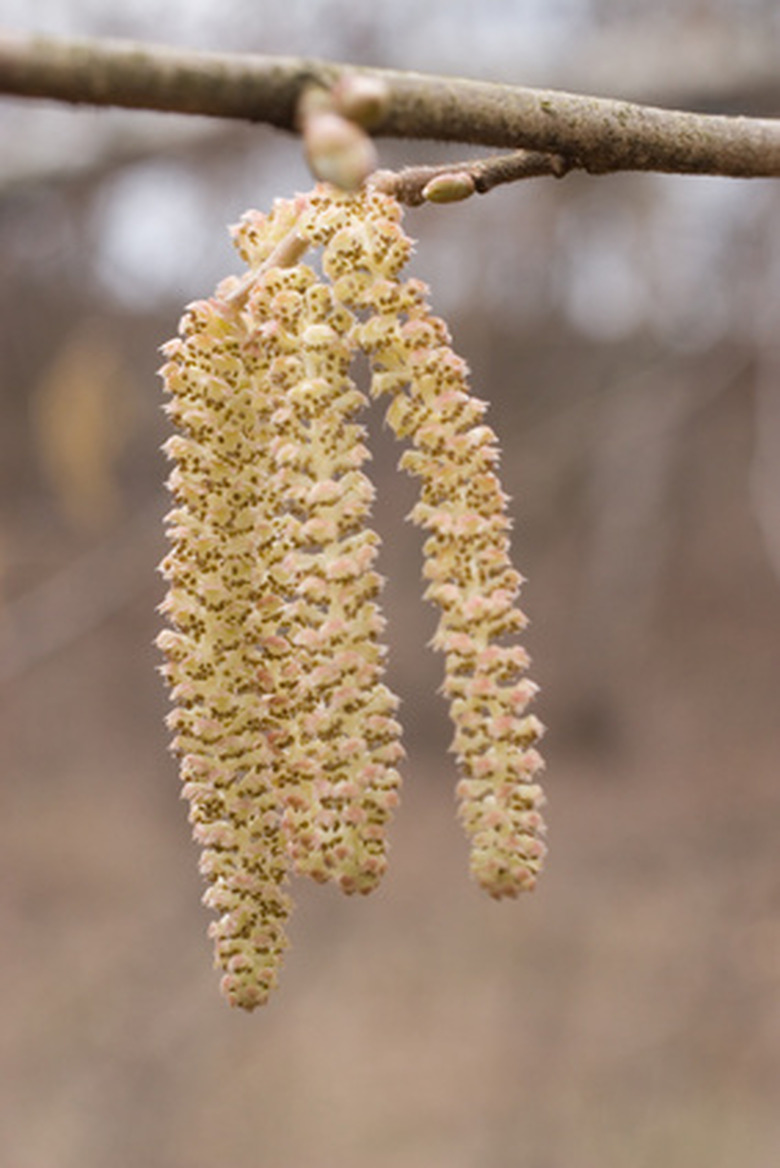Facts About The Alder Tree
Just over 30 different species of alder trees exist and are used by landscapers in garden areas plagued with nutrient-poor or wet soils. Four species of alder are particularly ornamental and gain a prominent location in a garden thanks to their attractive foliage. Depending on the exact species, alder trees grow well in U.S. Department of Agriculture hardiness zones 2 through 8.
Types
Many wild forms of alder trees grace landscapes including the black or common alder (Alnus glutinosa), gray alder (Alnus incana), Japanese alder (Alnus japonica), white alder (Alnus rhobmifolia), Oregon or red alder (Alnus rubra), Sitka alder (Alnus sinuata) and the thinleaf or western mountain alder (Alnus tenuifolia). Mutations of these species yielded more attractively colored foliage or tree shapes and were selected by horticulturists. Some varieties bear yellow leaves or leaves with deeply cut lobes, and a few selections develop into weeping-branch trees.
Origins
Alder trees are native across the Northern Hemisphere, numbering between 30 to 35 species. Noteworthy alders from Europe or western Asia include the black or common alder, gray alder, Italian alder (Alnus cordata) and the green alder (Alnus viridis), which is a very small tree at best. From extreme eastern Asia hails the Japanese alder. Western areas of North America find the white alder, Oregon or red alder, Sitka alder and the thinleaf or western mountain alder. The small-sized eastern mountain alder (Alnus viridis subsp. crispa) is native to the eastern half of the continent.
- Just over 30 different species of alder trees exist and are used by landscapers in garden areas plagued with nutrient-poor or wet soils.
- Many wild forms of alder trees grace landscapes including the black or common alder (Alnus glutinosa), gray alder (Alnus incana), Japanese alder (Alnus japonica), white alder (Alnus rhobmifolia), Oregon or red alder (Alnus rubra), Sitka alder (Alnus sinuata) and the thinleaf or western mountain alder (Alnus tenuifolia).
Features
All species of alder trees bear leaves that are arranged alternately on the twigs. The leaf blades are typically medium to deep green, entire and oval-shaped with teeth on the edges. In spring male- and female-gendered catkins, pendent drooping clusters of petalless flowers, appear on different branches on the same tree. Pollinated by the wind, the female catkins then develop in woody, cone-like fruits that turn brown in fall and persist on the bare branches across winter. Little if any fall foliage color develops before they drop off.
Growing Considerations
Alder trees thrive in full sun exposures where they receive at least eight hours of direct sunlight daily. They grow best in somewhat fertile soils, acidic to alkaline in pH, that are moist but well draining. A key cultural asset of alder is the tolerances to both somewhat nutritionally poor soils and those that flood or remain soggy after rains. Italian and gray alders grow excellently in dry soils. If needed, prune trees immediately after their leaves drop away in autumn, but before midwinter.
- All species of alder trees bear leaves that are arranged alternately on the twigs.
- Pollinated by the wind, the female catkins then develop in woody, cone-like fruits that turn brown in fall and persist on the bare branches across winter.
Uses
The ability of alder trees to grow in rather bleak or wet soil conditions affords their use in compact urban soils, to revegetate strip mines or other marginal areas with poor, disturbed soils. Oregon alder, some ornate varieties of the black alder, gray alder and Alnus glutinosa bear highly attractive leaves and warrant use as shade trees. Fast-growing species like gray, Oregon and Italian alders make superb windbreak rows.
Concerns
Phytophthora root rot is a common fungal disease inflicting alder trees, and if growing with inadequate sunlight levels, mealybug infestations may arise.
References
- "A-Z Encyclopedia of Garden Plants;" Editors Christopher Brickell and H. Marc Cathey; 2004
- Flora of North America: Alnus
